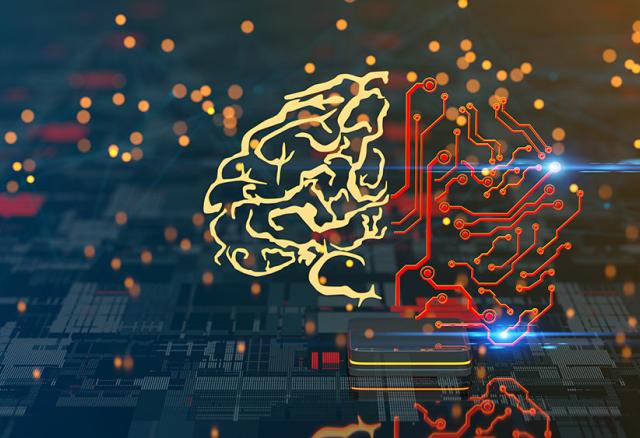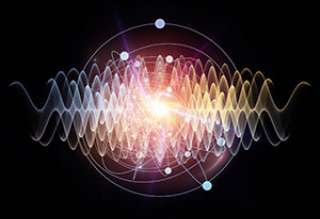A Signal Processing Interpretation of Noise-Reduction Convolutional Neural Networks: Exploring the mathematical formulation of encoding-decoding CNNs
Encoding-decoding convolutional neural networks (CNNs) play a central role in data-driven noise reduction and can be found within numerous deep learning algorithms. However, the development of these CNN architectures is often done in an ad hoc fashion and theoretical underpinnings for important design choices are generally lacking. Up to now, there have been different existing relevant works that have striven to explain the internal operation of these CNNs. Still, these ideas are either scattered and/or may require significant expertise to be accessible for a bigger audience.






